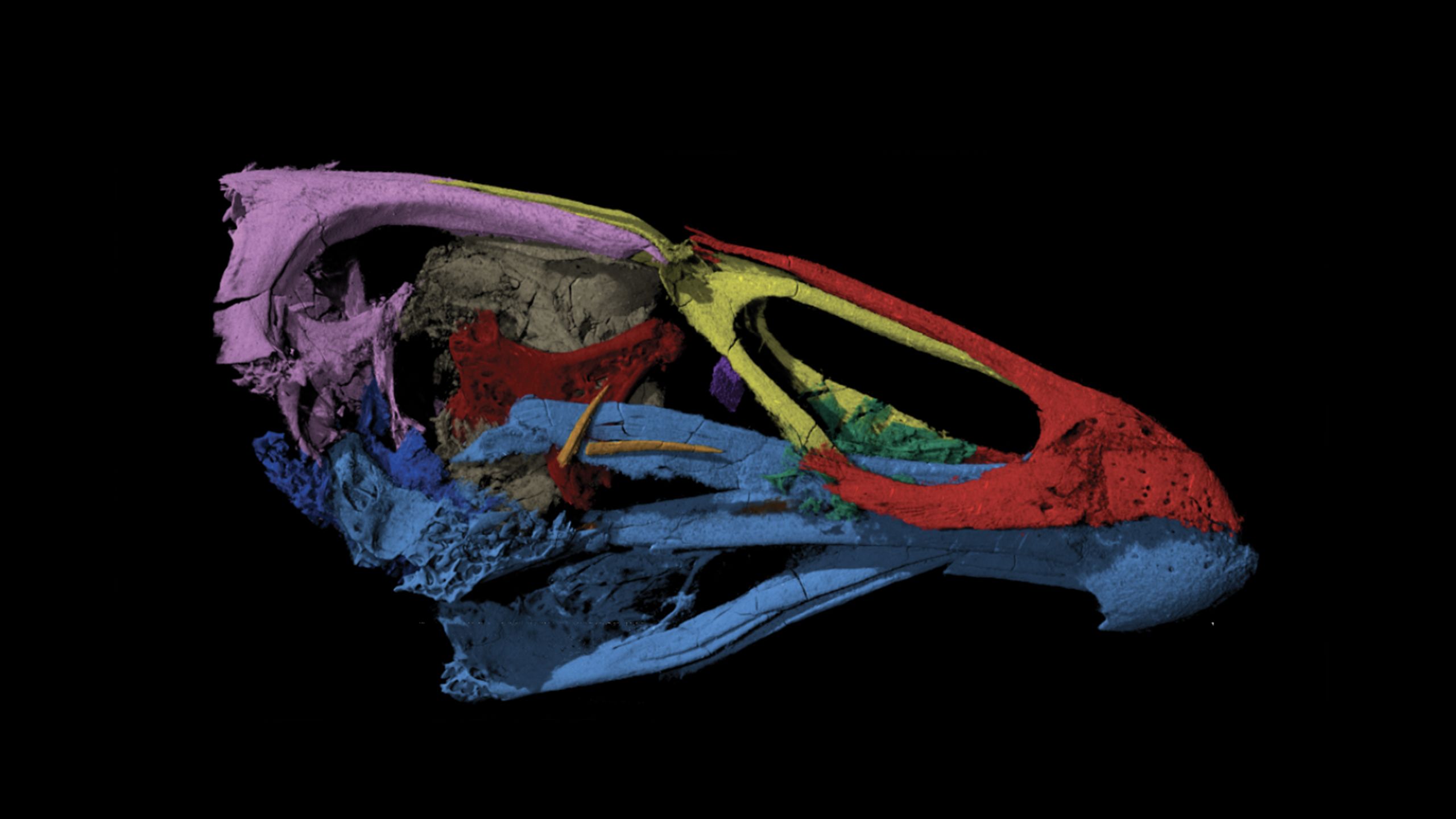

Chicken–human aligned segments tend to occur in long blocks of conserved synteny.The nearly threefold difference in size between the chicken and mammalian genomes reflects a substantial reduction in interspersed repeat content, pseudogenes and segmental duplications within the chicken genome.The distinctive properties of avian microchromosomes, together with the inferred patterns of conserved synteny, provide additional insights into vertebrate chromosome architecture. In coding regions the evolutionary dynamics of protein domains and orthologous groups illustrate processes that distinguish the lineages leading to birds and mammals. Notably, many conserved non-coding sequences are far from genes and cannot be assigned to defined functional classes. For example, the evolutionary distance between chicken and human provides high specificity in detecting functional elements, both non-coding and coding. Because the chicken is a modern descendant of the dinosaurs and the first non-mammalian amniote to have its genome sequenced, the draft sequence of its genome-composed of approximately one billion base pairs of sequence and an estimated 20,000–23,000 genes-provides a new perspective on vertebrate genome evolution, while also improving the annotation of mammalian genomes. We present here a draft genome sequence of the red jungle fowl, Gallus gallus.


 0 kommentar(er)
0 kommentar(er)
